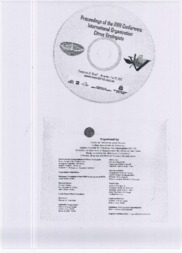Study of laser-induced fluorescence imaging in asymptomatic leaves from citrus plants inoculated with candidatus liberibacter.
Study of laser-induced fluorescence imaging in asymptomatic leaves from citrus plants inoculated with candidatus liberibacter.
Author(s): MILORI, D. M. B. P.
Publication year: 2010
Types of publication: Abstract in annals or event proceedings
Unit: Embrapa Instrumentation
Keywords: Evento, Huanglongbing, Plant disease
Observation
Some of Embrapa's publications are published as ePub files. To read them, use or download one of the following free software options to your computer or mobile device. Android: Google Play Books; IOS: iBooks; Windows and Linux: Calibre.
Access other publications
Access the Agricultural Research Database (BDPA) to consult Embrapa's full library collection and records.
Visit Embrapa Bookstore to purchase books and other publications sold by Embrapa.

